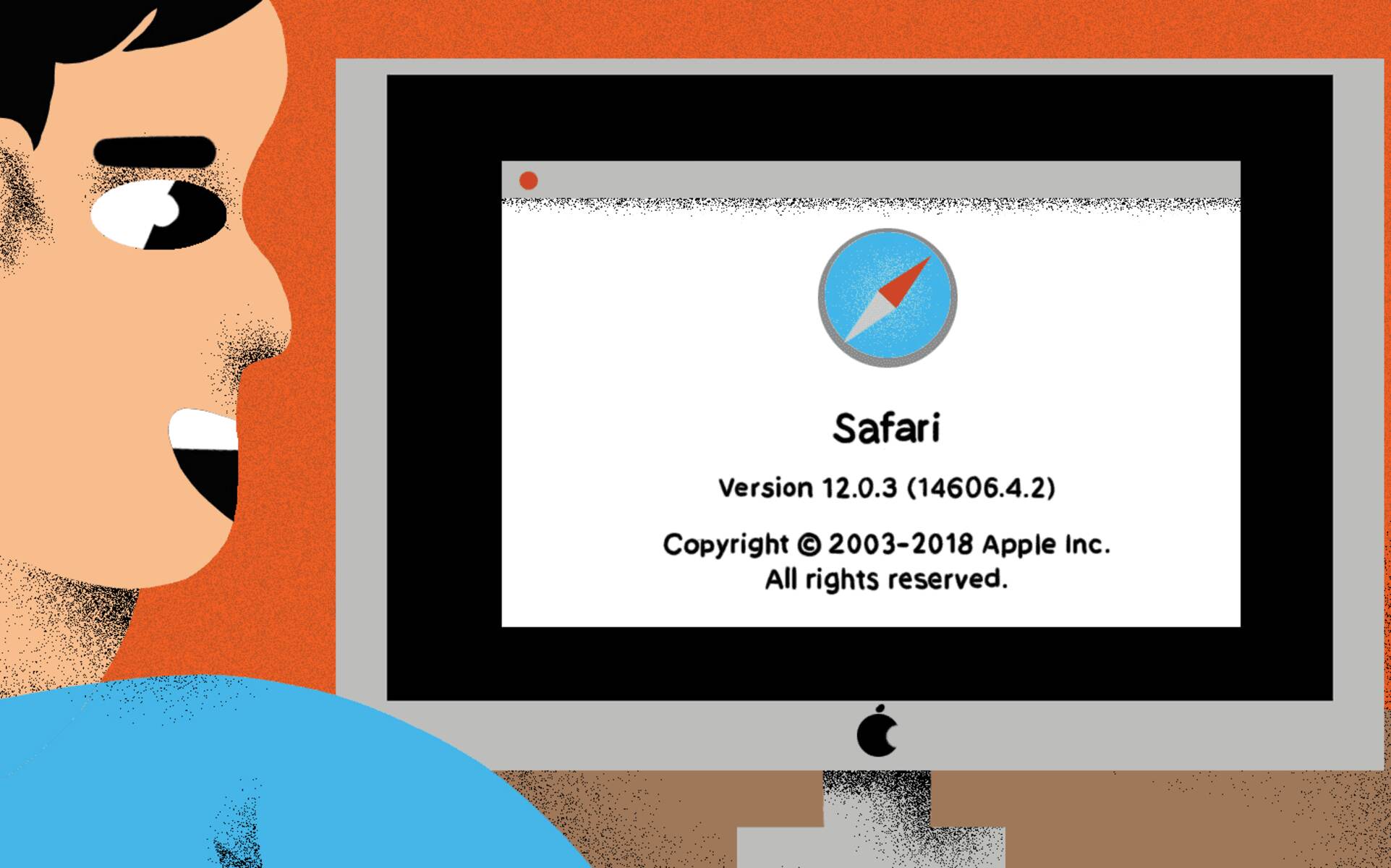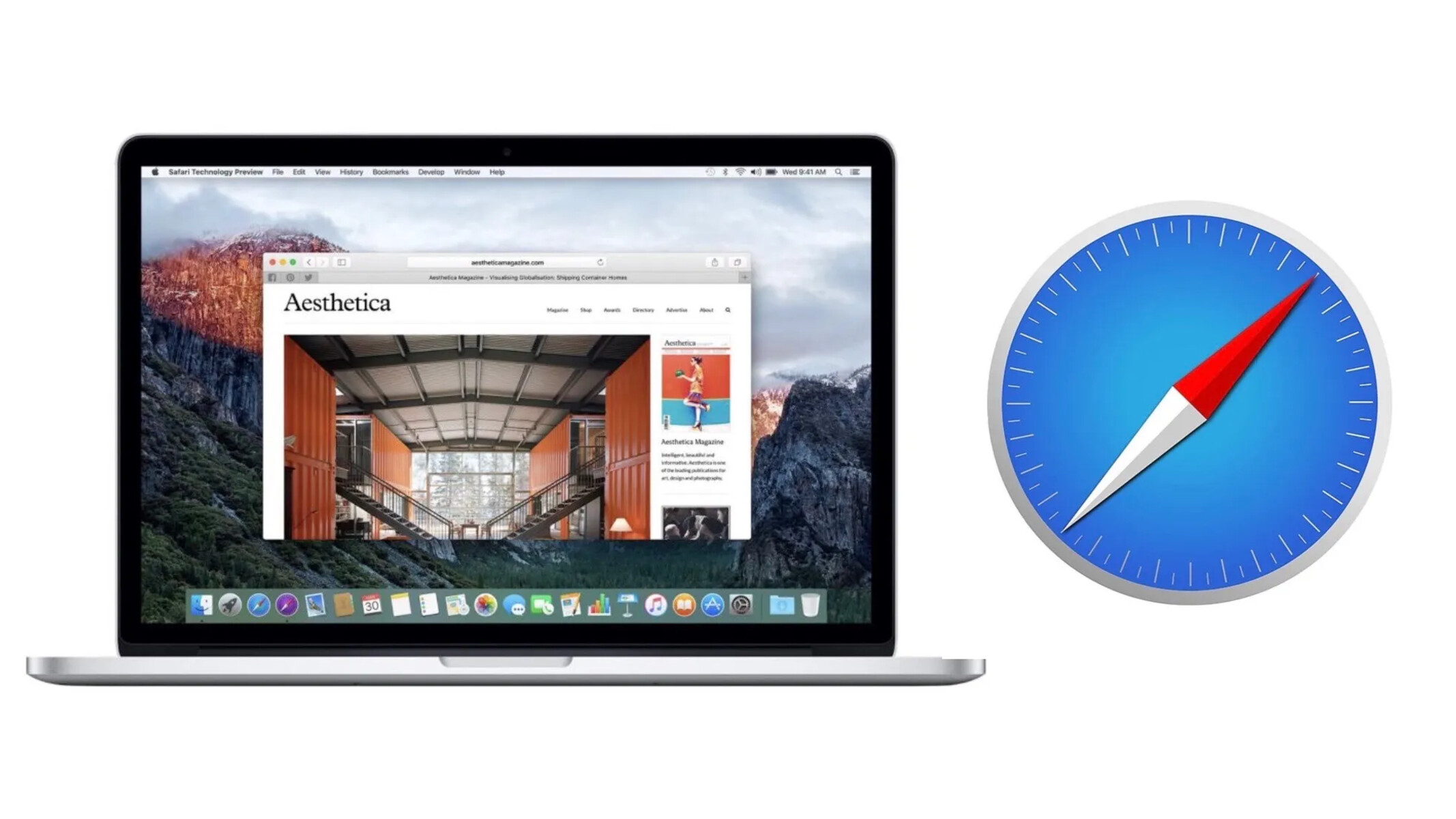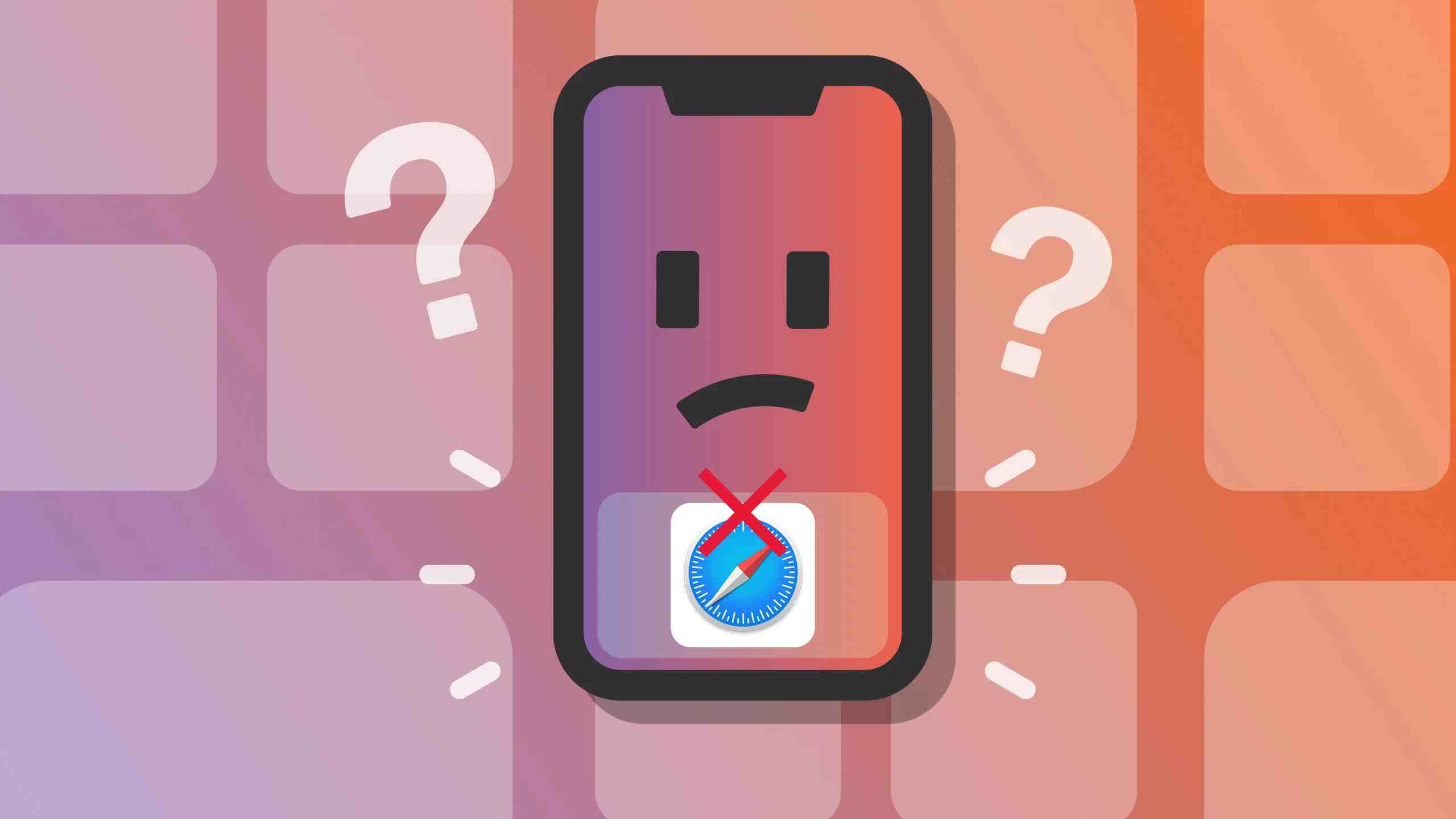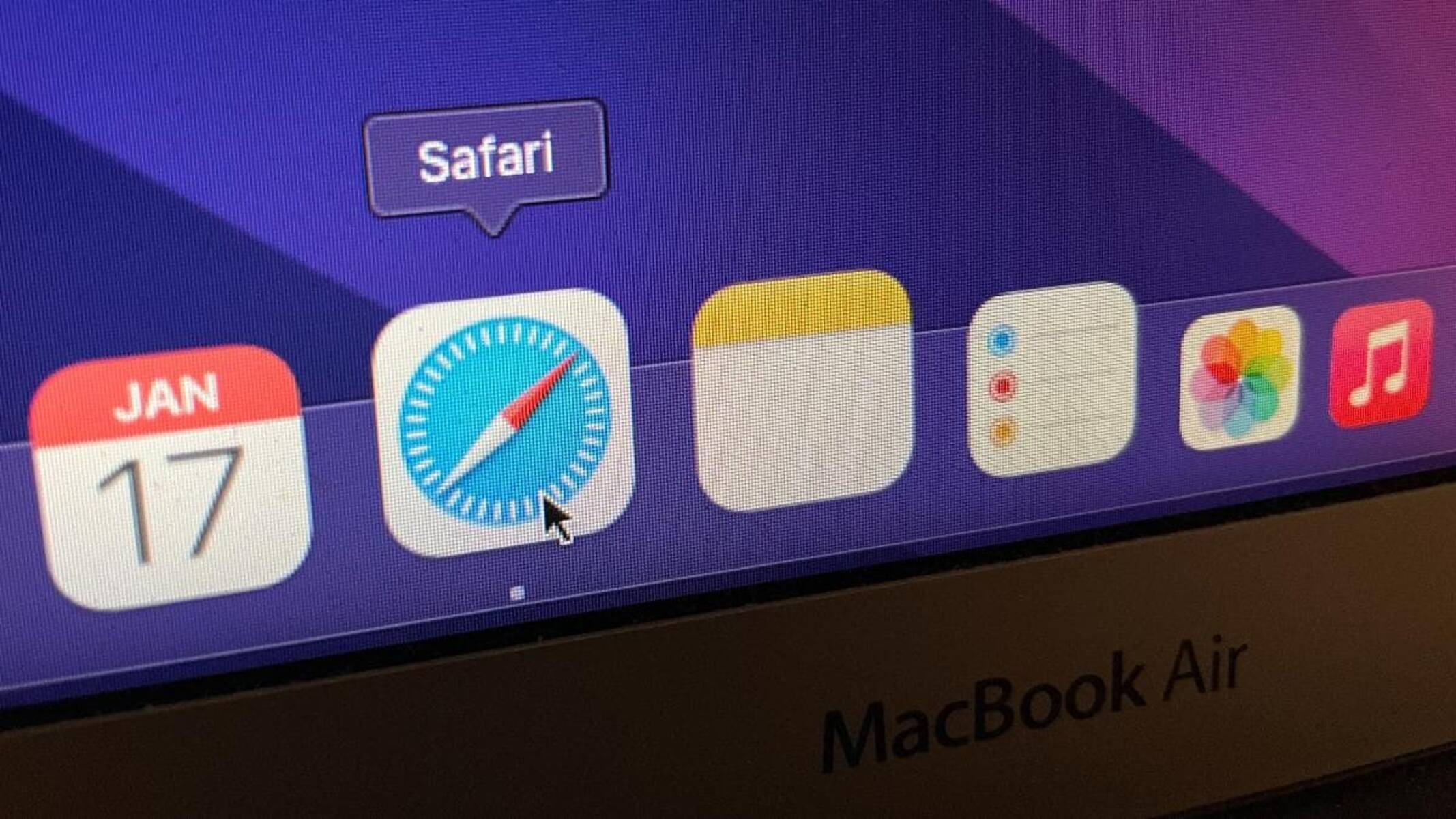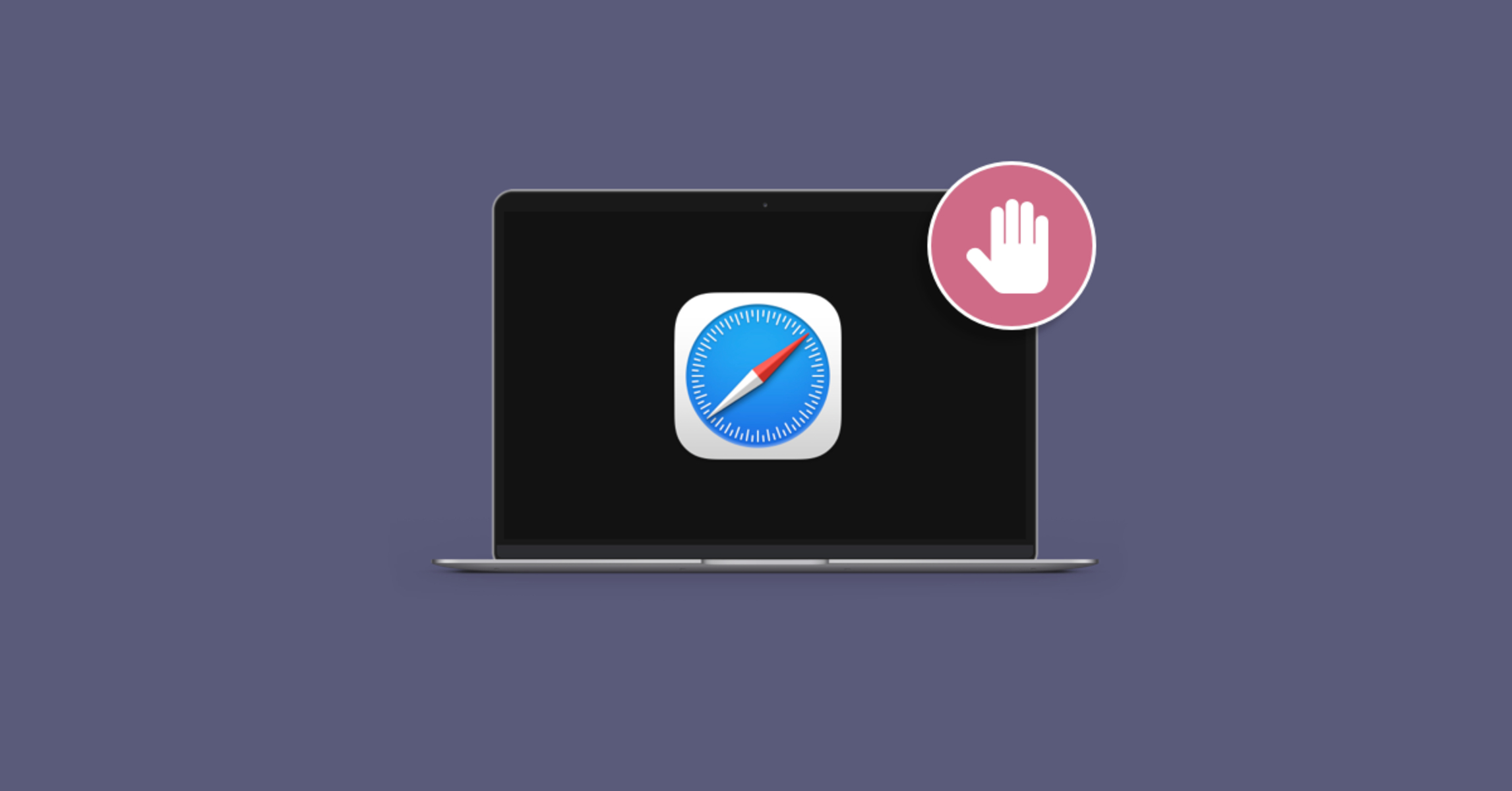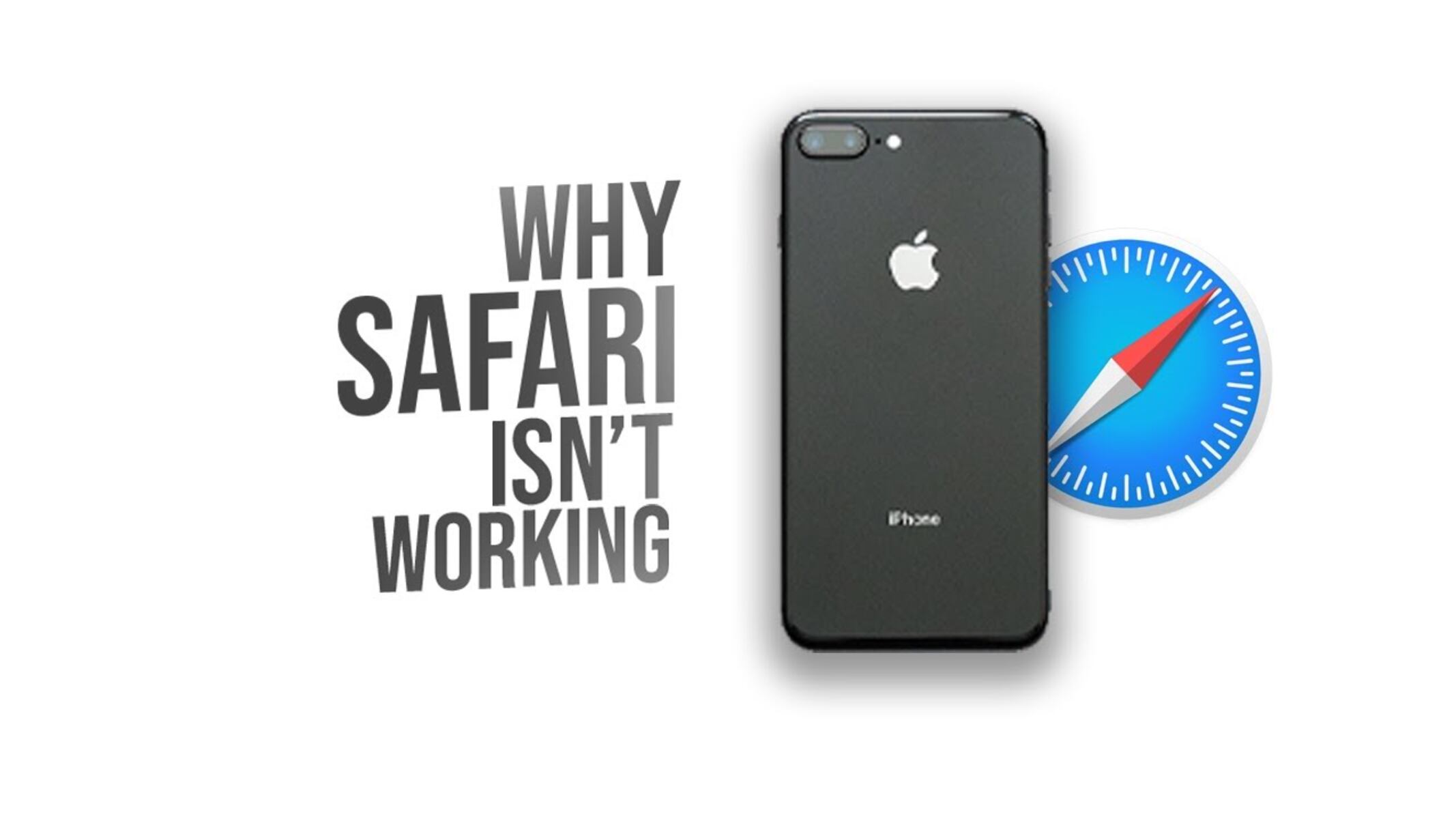Introduction
Apple Safari is a popular web browser known for its sleek interface, robust performance, and seamless integration with Apple devices. Whether you're browsing the web on a Mac, iPhone, or iPad, Safari provides a smooth and intuitive user experience. To ensure that you're benefiting from the latest features, security enhancements, and bug fixes, it's essential to keep Safari up to date.
Regular updates not only enhance the browser's functionality but also bolster its defenses against evolving online threats. By staying current with the latest version of Safari, you can enjoy improved speed, better privacy protections, and compatibility with the newest web technologies.
In this guide, we'll explore the step-by-step process for updating Safari on both Mac and iOS devices. Additionally, we'll delve into troubleshooting tips to address any potential challenges that may arise during the update process. Whether you're a seasoned Safari user or new to the browser, this comprehensive resource will equip you with the knowledge and confidence to keep your Safari browser running at its best.
Stay tuned as we navigate through the seamless process of checking for updates, executing the update on Mac, iPhone, or iPad, and addressing common issues that may arise. Let's embark on this journey to ensure that your Safari browser remains at the forefront of performance and security.
Checking for Updates
Ensuring that your Apple Safari browser is running the latest version is crucial for optimal performance, security, and compatibility with evolving web standards. Before diving into the update process, it's essential to check if a new version of Safari is available. Here's how to do it:
On Mac:
-
Launch Safari: Open the Safari browser on your Mac. You can find it in the Applications folder or by using Spotlight search.
-
Access the Menu Bar: At the top of the screen, locate the menu bar. Click on "Safari" in the top-left corner of the screen to reveal the drop-down menu.
-
Check for Updates: In the drop-down menu, select "About Safari." A window will appear, displaying the current version of Safari installed on your Mac. If an update is available, a prompt to install the update will be visible.
-
Install the Update: If an update is available, follow the on-screen instructions to download and install the latest version of Safari.
On iPhone or iPad:
-
Open Settings: Navigate to the home screen of your iPhone or iPad and tap on the "Settings" app.
-
Scroll Down and Tap on Safari: In the Settings menu, scroll down and locate "Safari" in the list of apps. Tap on it to access Safari settings.
-
Check for Updates: If an update is available, a notification will be displayed at the top of the screen, indicating that a new version of Safari is available.
-
Install the Update: Tap on the notification to initiate the update process. Follow the on-screen prompts to download and install the latest version of Safari.
By regularly checking for updates, you can ensure that your Safari browser remains equipped with the latest features, security patches, and performance enhancements. This proactive approach not only enhances your browsing experience but also fortifies your device against potential vulnerabilities.
Stay tuned as we delve into the detailed steps for updating Safari on Mac and iOS devices, ensuring that you're equipped with the knowledge to seamlessly execute the update process and keep your browser in top-notch condition.
Updating Safari on Mac
Updating Safari on your Mac is a straightforward process that ensures you have access to the latest features, performance improvements, and security enhancements. Here's a detailed guide on how to update Safari on your Mac:
-
Launch Safari: Begin by opening the Safari browser on your Mac. You can easily locate it in the Applications folder or use Spotlight search to find and launch the browser.
-
Access the Menu Bar: Once Safari is open, look at the top of the screen to find the menu bar. Click on "Safari" in the top-left corner to reveal the drop-down menu.
-
Check for Updates: From the drop-down menu, select "About Safari." A window will appear, displaying the current version of Safari installed on your Mac. If an update is available, a prompt to install the update will be visible.
-
Install the Update: If an update is indeed available, follow the on-screen instructions to download and install the latest version of Safari. The process may involve agreeing to the terms and conditions and waiting for the update to complete.
-
Restart Safari: Once the update is installed, it's a good practice to restart the Safari browser to ensure that the changes take effect. Simply close the browser and relaunch it to begin browsing with the updated version.
By following these steps, you can ensure that your Safari browser on Mac is always up to date, providing you with the latest features, security patches, and performance optimizations. Keeping your browser current not only enhances your browsing experience but also helps safeguard your online activities against potential security threats.
Regularly updating Safari on your Mac is an essential part of maintaining a secure and efficient browsing environment. By staying proactive with updates, you can enjoy a seamless and secure web browsing experience on your Mac, leveraging the full capabilities of the Safari browser.
Stay tuned as we explore the process of updating Safari on iPhone or iPad, ensuring that you're equipped with the knowledge to keep your Safari browser across all your Apple devices running at its best.
Updating Safari on iPhone or iPad
Updating Safari on your iPhone or iPad is essential to ensure that you have access to the latest features, security enhancements, and performance optimizations. Here's a detailed guide on how to update Safari on your iOS device:
-
Open Settings: Begin by navigating to the home screen of your iPhone or iPad and tapping on the "Settings" app. This will allow you to access the device's settings and configurations.
-
Scroll Down and Tap on Safari: In the Settings menu, scroll down and locate "Safari" in the list of apps. Tap on it to access the Safari settings.
-
Check for Updates: If an update is available for Safari, a notification will be displayed at the top of the screen, indicating that a new version of Safari is ready to be installed. This notification serves as a prompt to initiate the update process.
-
Install the Update: Tap on the notification to begin the update process. Follow the on-screen prompts to download and install the latest version of Safari on your iPhone or iPad. Depending on your device's settings, you may need to enter your passcode or use Touch ID/Face ID to authorize the update.
-
Restart Safari: Once the update is successfully installed, it's advisable to restart the Safari browser on your iPhone or iPad. This ensures that any changes or optimizations associated with the update take effect, allowing you to fully benefit from the updated version of Safari.
By following these steps, you can ensure that your Safari browser on iPhone or iPad is always up to date, providing you with the latest browsing capabilities, security features, and performance improvements. Keeping Safari updated on your iOS device is crucial for maintaining a secure and seamless browsing experience, allowing you to explore the web with confidence and peace of mind.
Regularly updating Safari on your iPhone or iPad is an integral part of keeping your device secure and optimized for browsing. By staying proactive with updates, you can enjoy a smooth and secure web browsing experience on your iOS device, leveraging the full potential of the Safari browser.
Ensuring that Safari is up to date on your iPhone or iPad not only enhances your browsing experience but also fortifies your device against potential security vulnerabilities, allowing you to navigate the web with enhanced privacy and protection.
Stay tuned as we delve into troubleshooting tips for addressing any potential challenges that may arise during the Safari update process, ensuring that you're equipped with the knowledge to overcome common issues and keep your Safari browser running smoothly on all your Apple devices.
Troubleshooting Updates
Occasionally, you may encounter challenges when attempting to update Safari on your Mac, iPhone, or iPad. These issues can range from update failures to unexpected errors during the installation process. However, with the following troubleshooting tips, you can effectively address common update-related issues and ensure that your Safari browser remains up to date.
On Mac:
-
Check Internet Connection: Ensure that your Mac is connected to a stable internet connection. Poor or intermittent connectivity can hinder the download and installation of Safari updates.
-
Restart Your Mac: A simple restart of your Mac can resolve temporary system glitches that may be impeding the update process.
-
Clear Safari Cache: Clearing the cache and browsing history in Safari can help resolve update-related issues by ensuring a clean slate for the update process.
-
Check Available Storage: Insufficient storage space on your Mac can prevent the successful installation of Safari updates. Verify that your Mac has adequate free space for the update.
On iPhone or iPad:
-
Restart Your Device: A quick restart of your iPhone or iPad can often resolve temporary software hiccups that may be affecting the update process.
-
Check Wi-Fi Connection: Ensure that your device is connected to a stable Wi-Fi network. If possible, switch to a different Wi-Fi network to rule out connectivity issues.
-
Update Over Cellular Data: If Wi-Fi connectivity is limited, consider updating Safari using cellular data. However, be mindful of data usage if you have a limited data plan.
-
Reset Network Settings: Resetting network settings on your iPhone or iPad can resolve underlying connectivity issues that may be hindering the update process.
By implementing these troubleshooting tips, you can effectively address common challenges encountered during the Safari update process. These proactive measures ensure that your Safari browser remains current, equipped with the latest features, security patches, and performance enhancements.
Ensuring that Safari is up to date across your Apple devices is essential for a seamless and secure browsing experience. By staying informed and proactive, you can overcome potential update-related hurdles and continue to enjoy the full capabilities of the Safari browser.
Remember, keeping Safari up to date not only enhances your browsing experience but also reinforces the security and performance of your Mac, iPhone, or iPad. With these troubleshooting tips at your disposal, you can navigate the update process with confidence and maintain a reliable and secure web browsing environment.









